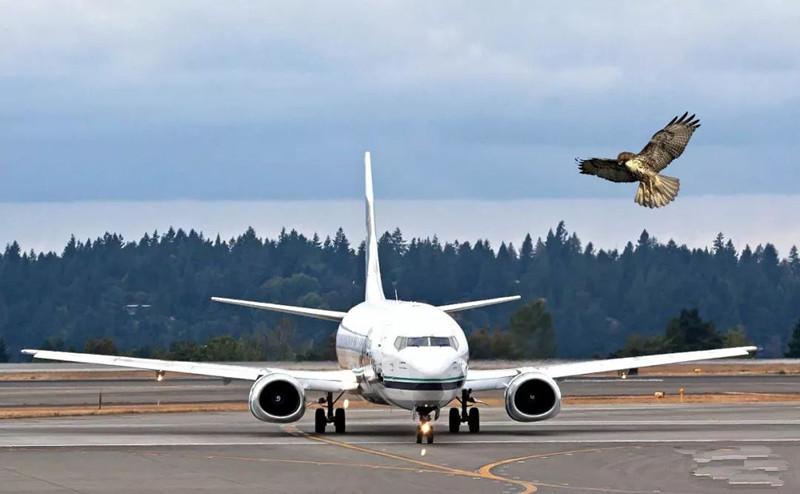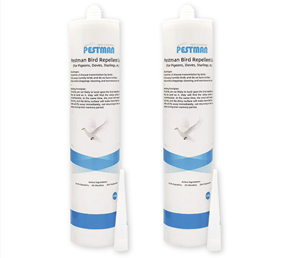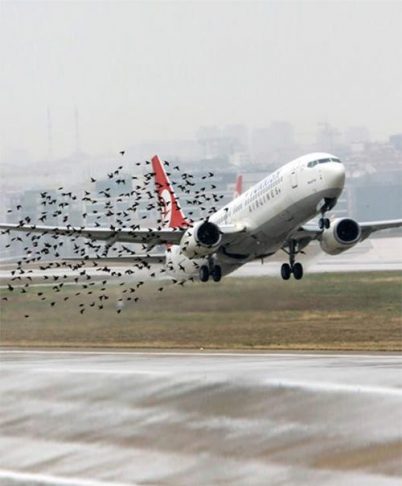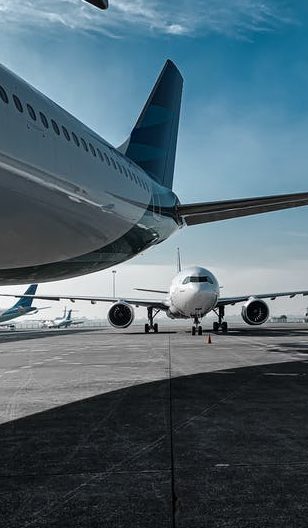Bird pest control begins with prevention, which means reducing the attraction of airports to birds and keeping them as far away from airport activities as possible. The reason for bird activity at airports is usually that they can find the necessities for survival such as food and water and shelter at the airport. Bird damage prevention also starts with reducing these factors that attract birds to the airport. Animal food such as mice, earthworms, and insects and plant food such as berries and seeds can be used as foraging objects for birds at airports, so limiting the number of foraging objects for birds at airports is an important aspect of reducing bird access to airports. Airport management can restrict or suppress plants and animals in the airport by spraying chemical agents at suitable intervals according to the type of grass, type of plants, animals, hydrological conditions, groundwater and environmental conditions in the airport, within the limits allowed by national laws.
Garbage dumps are also a factor in attracting birds. Therefore, necessary restrictions should also be placed on the garbage dumps around the airport. On the basis of not allowing new garbage dumps, bird patronage can be reduced by using methods such as burying and installing bird scare facilities for existing garbage dumps. Preventing the attraction of water to birds can be done by reducing water on the surface of airport sites, by filling in low depressions, improving drainage facilities, and keeping drainage ditches open. For airports where lakes exist around, the attraction of lakes to birds can be reduced by steepening their banks or by filling them with soil or pulling nets over their surfaces. Reducing bird shade sites at airports can be achieved by spraying a limited amount of chemicals such as herbicides and mowing the grass regularly to keep it high (usually kept at 20cm or a little higher). In addition, it is also necessary to vigorously promote bird damage in the residential areas around the airport to enhance residents’ awareness of the importance of maintaining clear airspace and to limit the number of birds of prey kept by residents, so as to create a good clear airspace guarantee for the airport.
On the basis of good bird damage prevention, the emergence and existence of bird damage problems should be vigorously de-corrected. The main methods to repel birds from airports are auditory deterrence, visual deterrence, capture and drug reagents. Auditory deterrence is achieved by setting off gas cannons (gas cannons), pyrotechnics, or playing recorded or electronically synthesized birds’ mournful calls or carnivorous birds’ calls to scare birds away from the airport. The bird repellent vehicles currently used at airports are a combination of these functions. Visual deterrence is used to visually deter birds at the airport or about to enter the airport by tying and setting up scarecrows, models of flesh-eating birds, flying eagle kites, and hanging fluttering ribbons and flags in the airport. The use of auditory deterrence or visual deterrence alone for a long time tends to make birds gradually adapt, and both are used crosswise through constant updating to be effective. Trapping is a method to reduce the number of birds at airports by setting traps and baits in and around airports to capture birds, or by shotgunning them. In some countries, there are restrictions on bird trapping in airport management.
The application of biological agents to repel birds is now more commonly used in airport management. Pestman bird repellents use biogenic repellent active ingredients. The main active ingredient is Methyl Anthranilate (MA) which is a food-grade essence. And non-toxic, non-corrosive and very safe for birds, animals, humans and the environment. With MA and other natural flavorscombination, Pestman bird repellent can repel the birds through smell, taste and sight sense which will make theharmful birds to feel very unconfortable, and the birds will not fly back to the treated areas during their memory period.Pestman bird repellent just repel the harmful birds and not kill them. Meanwhile it can also repel the bats and wild rabbits at the airports.
One liter of bird repellent needs to be diluted with 250 liters of water, and it can be used on one hectare of bird-infested area by simply spraying it on places or areas where nuisance birds stay or roost, and a single spraying can last 30-60 days.
Based on the above measures, each airport should select and develop the best control method for the actual situation of the airport according to the geographical environment, climate condition and the number of bird species. The airport management department should set up a special bird pest control organization to conduct special research on the prevention and control of bird pests at this airport. Through observation and record keeping, the specialized personnel can have a more accurate grasp of the bird population, number, activity range, habitat, access time and grass height impact in each season. In order to develop corresponding preventive measures in phases, we can do targeted prevention in key time and key areas. We also keep a detailed record of the effectiveness of each bird repelling method, so as to provide a reliable basis for the development and improvement of the best bird repelling plan for the airport.
With the continuous development of the air transportation industry and the further improvement of the safety and security requirements, the prevention and control of bird pests at airports has gradually become a subject of high-tech components. This requires us to study more carefully and make unremitting efforts to do a good job in bird pest control at airports and for the ever-developing air transportation industry.









